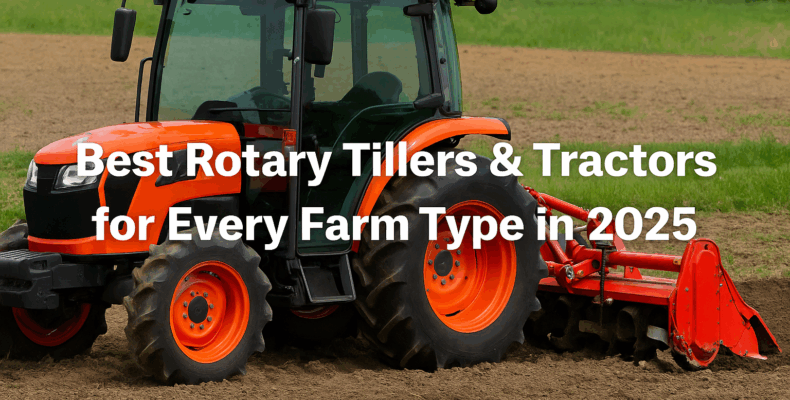For global farmers looking to boost productivity, choosing the right tractor and rotary tiller is essential. Whether you’re managing a compact vegetable farm or a vast sugarcane plantation, selecting suitable equipment makes all the difference. Japanese tractors are known for their durability, fuel efficiency, and versatile performance. Combined with the correct tiller type, they deliver outstanding results across all soil conditions.
🔹 Why Japanese Tractors and Tillers Dominate Globally
First, Japanese tractors are engineered for precision and power. Brands like Kubota, Yanmar, and Mitsubishi design their machines to suit various terrains. Their rotary tillers, which are critical for soil preparation, come in various sizes and specifications to match specific farm operations.
Moreover, due to their affordable price, long lifespan, and reliable aftermarket parts availability, Japanese models have become the top export choice for international buyers—especially in Africa, Southeast Asia, and South America.
🔹 Compact vs. Mid-Size vs. Large Tractors
Choosing the best tractor depends on your land size and task needs:
| Type | Horsepower Range | Best For | Popular Models |
|---|---|---|---|
| Compact | 12–25 HP | Home gardens, greenhouses | Kubota B1600, Yanmar F7 |
| Mid-size | 26–60 HP | Vegetables, orchards | Mitsubishi MT265, Iseki TU160 |
| Large | 60+ HP | Grain, sugarcane, large fields | Kubota M7040, Yanmar FX60 |
Compact tractors are easy to operate and cost-effective. However, mid-size models offer more power while still being maneuverable. On the other hand, large tractors provide unmatched performance for commercial-scale operations.
🔹 Rotary Tiller Types and Applications
Rotary tillers break up soil and prepare seedbeds. Here are the main types:
| Tiller Type | Best Use Case | Recommended Size |
|---|---|---|
| Standard Rotary Tiller | General soil preparation | 3–5 ft width (compact tractors) |
| Heavy-Duty Tiller | Clay or hard-packed soil | 5–7 ft width (mid-size tractors) |
| Side-Shift Tiller | Close-to-wall or greenhouse farming | Adjustable models (2.5–6 ft) |
| Reverse Rotation Tiller | Finer soil texture, weed control | 4–6 ft width (precision farms) |
So, depending on your soil type and crop, selecting the right rotary tiller boosts field efficiency and fuel savings. For instance, reverse-rotation tillers provide better residue mixing for organic farming.
🔹 Key Buying Considerations
Before choosing your tractor and tiller, always check:
-
PTO compatibility (rotary tiller must match tractor PTO)
-
Tractor weight vs. tiller size (for stability)
-
Three-point hitch compatibility
-
Availability of spare parts
Additionally, many buyers overlook maintenance records, which help verify machine health. Always request full service logs when buying secondhand tractors.
🔹 Exporting from Japan: What You Need
If you’re planning to import Japanese tractors and tillers, choosing a trusted exporter ensures you avoid hidden issues. We recommend reviewing the following guide before making a purchase:
🔗 Top 5 Trusted Japanese Used Truck Exporters for Global Buyers
These companies have long-term experience, transparent documentation, and well-maintained stock.
🔹 Final Thoughts
Ultimately, selecting the best combination of tractor and rotary tiller comes down to your farm’s size, soil, and crop variety. Japanese machinery provides reliable options for every level—whether you’re a smallholder farmer or managing hundreds of hectares. With the right choices, your farm can enjoy higher yields, lower costs, and improved efficiency.
